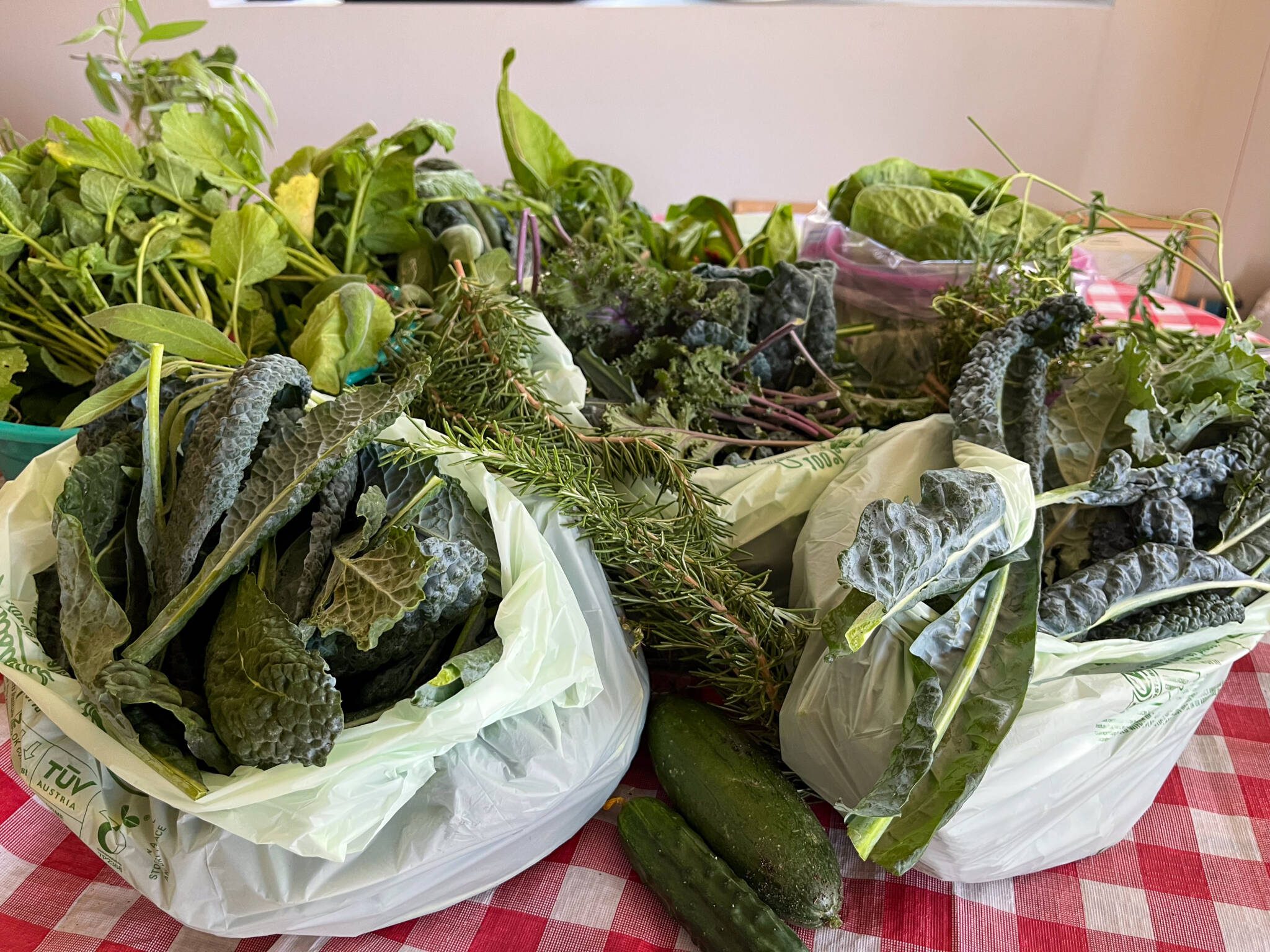
Jump to: What is the difference between a food bank and a food pantry?, Donation Considerations, Donation Guidelines, What plants to grow to donate to a food bank, Find a food bank or food pantry
The holiday season is upon us and for many this is a joyous time of year. We gather with friends and family around a table full of copious amounts of food, so much so that there are often too many leftovers to manage. However, many in our country are not as lucky. For many the holidays are stressful with so much pressure around putting together a big spread. In 2022, an estimated 49 million people turned to food assistance programs such as a local food bank for help.
87% of counties with the highest food insecurity rates are rural. Well over 50% of our Growing Domes are in rural communities, so how can we help? One of the many benefits of Growing Dome greenhouses is the ability to grow food year round. When most other outdoor gardens and farms are shut down for the winter season, the Growing Dome community is still harvesting fresh produce! Imagine if every Growing Dome in the country donated to their local food bank. We could collectively make a large impact!
Food Bank vs. Food Pantry
A food bank is a non-profit organization with a large storage facility where donations can be dropped off and stored to then be distributed throughout the community, often to smaller food pantries. A food pantry is a place where people in need can go to pick up food to take home and feed their families. Often food pantries are located within churches or schools to make pick-up easier for community members.
Donation Considerations
Not all food banks can accept fresh produce. Some do not have storage or refrigeration options, so it is always best to do your research ahead of time. Call at least 24 hours in advance to make sure that they accept fresh produce and what their donation hours are. If they do accept fresh produce, you can ask what kinds of donations they are in need of and if there are any specialties that they would accept for the holiday season. If you can’t find a large food bank, often local churches will have a smaller food pantry. You could also reach out to local shelters or senior centers to see if they would be accepting of fresh donations.
Donation Guidelines
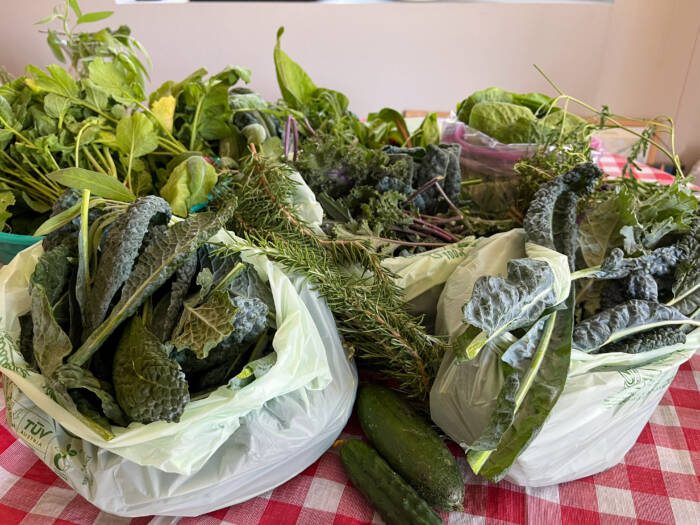
Only donate produce that is in good condition. If you would not feed it to your family, do not donate it. Wash and dry the produce to clean off any dirt and bugs before donating. Also, it is best to separate your produce by type into individual bags. So keep your various kale types separated, separate various types of lettuce, carrots in one bag, potatoes in another, etc.
Plants to Grow to Donate
Most food pantries will have a list of accepted produce. As a good rule of thumb, root vegetables and vegetables like tomatoes that do not require refrigeration are usually accepted. Various herbs are also a nice addition, especially during the holiday season. Below you will find a list of some of our favorites to grow and donate along with some helpful growing tips!
| Celery | Carrots | Green Beans | Lettuce |
| Parsley | Tomatoes | Peppers | Kale |
| Thyme | Onions | Cucumbers | Chard |
| Rosemary | Garlic | Broccoli | Collard Greens |
| Savory | Squash | Brussels sprouts | Cabbage |
| Bay Leaf | Potatoes | Sweet potatoes | Cauliflower |
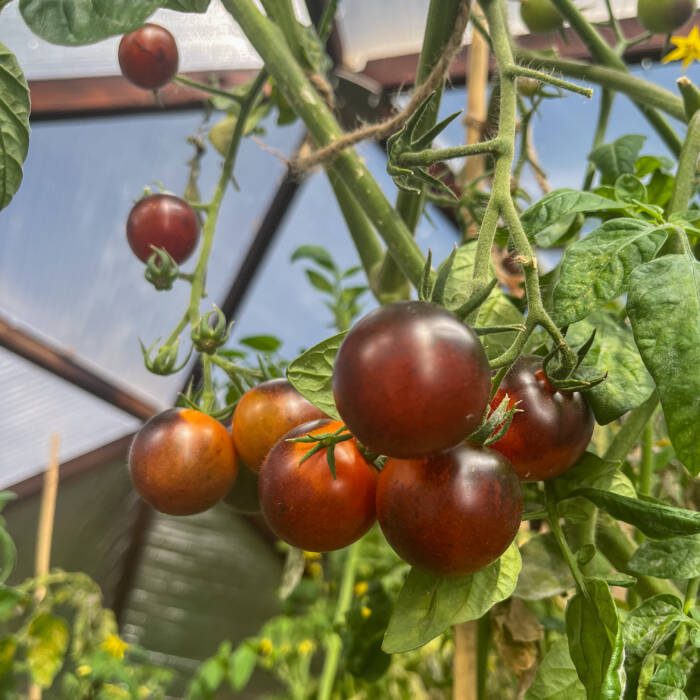
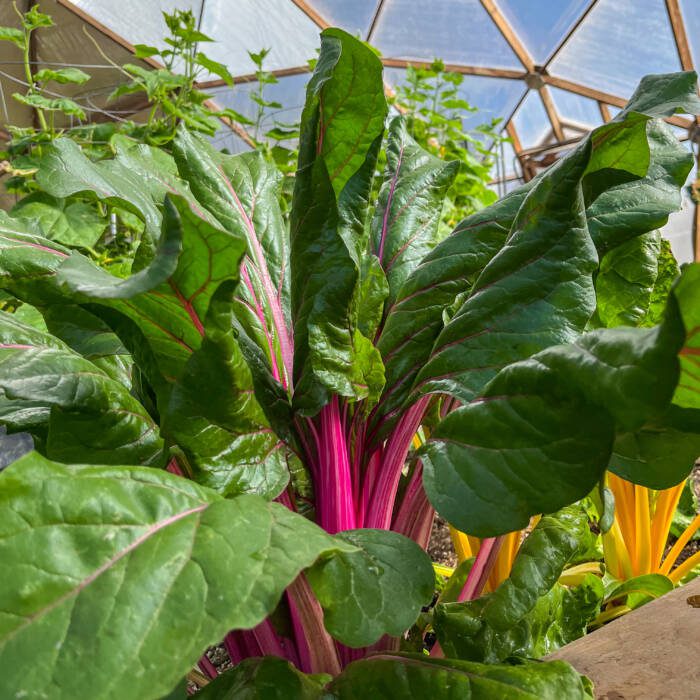
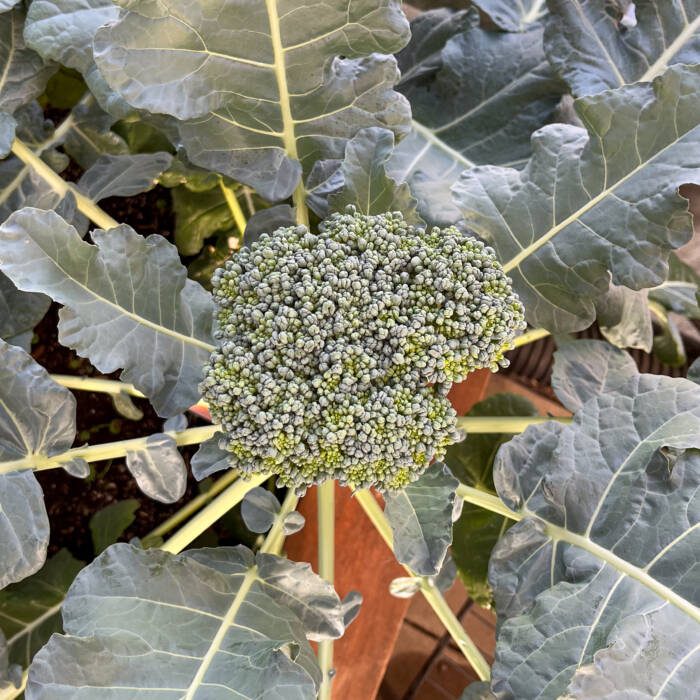
Finding a Food Bank or Food Pantry
Finding a local food pantry should be fairly easy. If you are a member of a church or community garden, they likely have connections to food banks and pantries already. You can also utilize online search engines, like this one from Feeding America. If you are local to the Pagosa Springs Area, you can find information about all of the food assistance programs offered through the Food Coalition.
If you do not have fresh produce to donate, consider a monetary donation, or simply donating your time. Having someone there to hand out the donations is just as important. Your time is valuable and appreciated whether spent growing the food or being present with a smile on your face to help those in need put food on their table.
Learn more about how food banks across the country are using Growing Domes to grow their own produce here. If you are interested in bringing a Growing Dome to your community, check out our in-kind grant program. We have also curated a list of national gardening grants available to help jump-start your project. We are currently accepting applications for disbursement during the 2024 season.

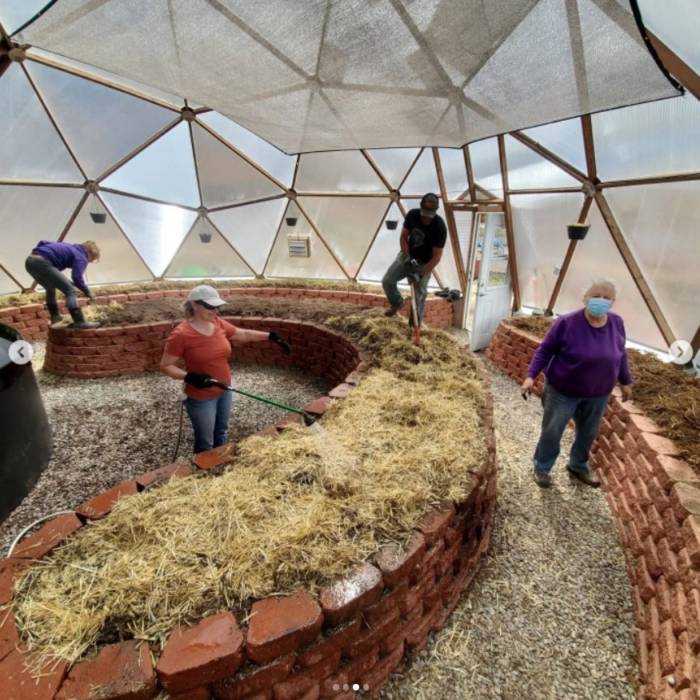
Join the Inner Circle
An exclusive place for year-round gardeners. Join us to receive our monthly newsletter, “The Happy Grower”. In our newsletter we provide community stories, event updates, expert gardening tips, and exclusive offers.
